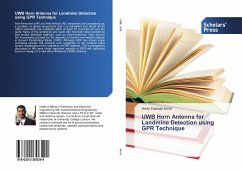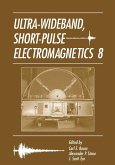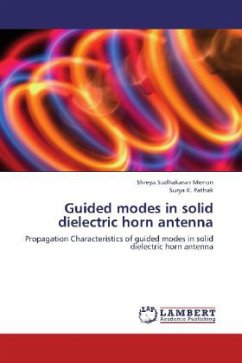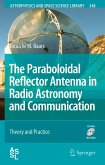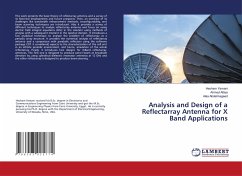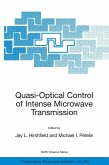Anti-Personnel (AP) and Anti-Vehicle (AV) landmines are considered as a problem of global proportions and it is estimated that about 60-70 million landmines are scattered within at least 70 countries all over the world. Many of the landmines are made with minimum metal content so that certain detection methods, such as metal detectors, often tend to fail. A promising concept for the detection of buried non-metallic objects is Ground Penetrating Radar (GPR). Although GPR has shown some promising results, the diversity and complexity of the problem inflict certain challenges on the operation of GPR systems. The investigations discussed in this work cover important aspects of GPR with particular focus on design of a new Ultra-Wideband (UWB) antenna.
Bitte wählen Sie Ihr Anliegen aus.
Rechnungen
Retourenschein anfordern
Bestellstatus
Storno

